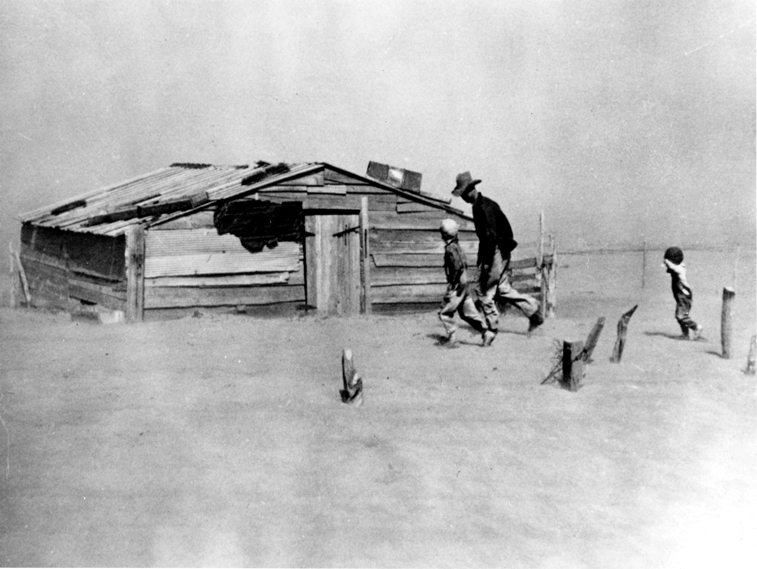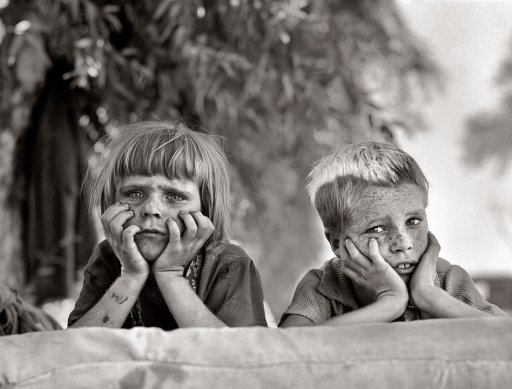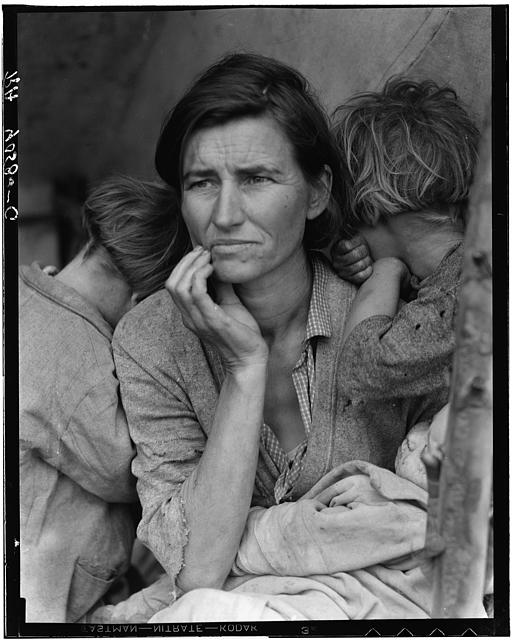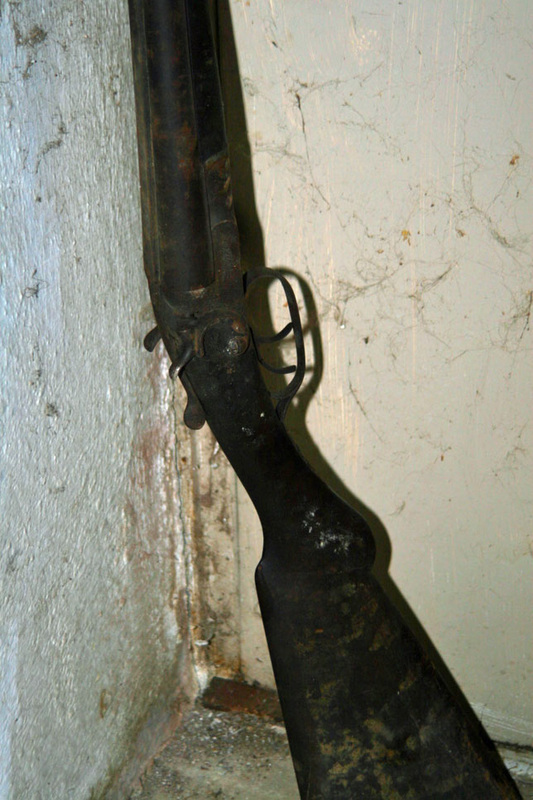Classwork:
1. Read The Ballad of Hollis Brown, and Ballad of Birmingham (below).
2. Compare the two ballads by answering the questions below.
3. Complete the Vocabulary 3 Powerpoint. Make sure each slide includes:
a. the word
b. its definition
c. an image
d. a sentence that both, relates to the image, and shows that you understand the word
Homework:
Email the completed presentation to me at [email protected]
Also, Make sure you have completed this:
http://www.mrflamm.com/two-amazing-true-stories.html
1. Read The Ballad of Hollis Brown, and Ballad of Birmingham (below).
2. Compare the two ballads by answering the questions below.
3. Complete the Vocabulary 3 Powerpoint. Make sure each slide includes:
a. the word
b. its definition
c. an image
d. a sentence that both, relates to the image, and shows that you understand the word
Homework:
Email the completed presentation to me at [email protected]
Also, Make sure you have completed this:
http://www.mrflamm.com/two-amazing-true-stories.html
|
Ballad of Hollis Brown, by Bob Dylan
Hollis Brown He lived on the outside of town Hollis Brown He lived on the outside of town With his wife and five children And his cabin broken down You looked for work and money And you walked a rugged mile You looked for work and money And you walked a rugged mile Your children are so hungry That they don't know how to smile Your baby's eyes look crazy They're a-tuggin' at your sleeve Your baby's eyes look crazy They're a-tuggin' at your sleeve You walk the floor and wonder why With every breath you breathe The rats have got your flour Bad blood it got your mare The rats have got your flour Bad blood it got your mare If there's anyone that knows Is there anyone that cares? You prayed to the Lord above Oh please send you a friend You prayed to the Lord above Oh please send you a friend Your empty pockets tell yuh That you ain't a-got no friend Your babies are crying louder It's pounding on your brain Your babies are crying louder It's pounding on your brain Your wife's screams are stabbin' you Like the dirty drivin' rain Your grass it is turning black There's no water in your well Your grass is turning black There's no water in your well You spent your last lone dollar On seven shotgun shells Way out in the wilderness A cold coyote calls Way out in the wilderness A cold coyote calls Your eyes fix on the shotgun That's hangin' on the wall Your brain is a-bleedin' And your legs can't seem to stand Your brain is a-bleedin' And your legs can't seem to stand Your eyes fix on the shotgun That you're holdin' in your hand There's seven breezes a-blowin' All around the cabin door There's seven breezes a-blowin' All around the cabin door Seven shots ring out Like the ocean's pounding roar There's seven people dead On a South Dakota farm There's seven people dead On a South Dakota farm Somewhere in the distance There's seven new people born |
|
Ballad of Birmingham
A ballad is a song that tells a story, often a story about love, death, or betrayal. Ballads can be sad or humorous. They tell their stories using a steady rhythm and a simple pattern of rhymes, which make them easy to memorize. A typical ballad uses repetition, often in the form of a refrain—a phrase or a stanza that is repeated throughout the work, usually at the end of each verse.
Every ballad, old or new, tells a tale that can be as gripping as a front-page newspaper story. Dudley Randall wrote his ballad in response to the tragic events that made headlines on September 15, 1963. In the midst of the struggle for civil rights for African Americans, a bomb exploded in a church in Birmingham, Alabama. Four teenage girls were killed.
Like many of the traditional ballads, this one uses dialogue to tell a story.
The History Behind the Ballad, by Taylor Branch
The following account is from Parting the Waters, a book that won the Pulitzer Prize in history in 1989.
That Sunday was the annual Youth Day at the Sixteenth Street Baptist Church. Mamie H. Grier, superintendent of the Sunday school, stopped in at the basement ladies’ room to find four young girls who had left Bible classes early and were talking excitedly about the beginning of the school year. All four were dressed in white from head to toe, as this was their day to run the main service for the adults at eleven o’clock. Grier urged them to hurry along and then went upstairs to sit in on her own women’s Sunday-school class. They were engaged in a lively debate on the lesson topic, “The Love That Forgives,” when a loud earthquake shook the entire church and showered the classroom with plaster and debris. Grier’s first thought was that it was like a ticker-tape parade. Maxine McNair, a schoolteacher sitting next to her, reflexively went stiff and was the only one to speak. “Oh, my goodness!” she said. She escaped with Grier, but the stairs down to the basement were blocked and the large stone staircase on the outside literally had vanished. They stumbled through the church to the front door and then made their way around outside through the gathering noise of moans and sirens. A hysterical church member shouted to Grier that her husband had already gone to the hospital in the first ambulance. McNair searched desperately for her only child until finally she came upon a sobbing old man and screamed, “Daddy, I can’t find Denise!” The man helplessly replied, “She’s dead, baby. I’ve got one of her shoes.” He held a girl’s white dress shoe, and the look on his daughter’s face made him scream out, “I’d like to blow the whole town up!”
The following account is from Parting the Waters, a book that won the Pulitzer Prize in history in 1989.
That Sunday was the annual Youth Day at the Sixteenth Street Baptist Church. Mamie H. Grier, superintendent of the Sunday school, stopped in at the basement ladies’ room to find four young girls who had left Bible classes early and were talking excitedly about the beginning of the school year. All four were dressed in white from head to toe, as this was their day to run the main service for the adults at eleven o’clock. Grier urged them to hurry along and then went upstairs to sit in on her own women’s Sunday-school class. They were engaged in a lively debate on the lesson topic, “The Love That Forgives,” when a loud earthquake shook the entire church and showered the classroom with plaster and debris. Grier’s first thought was that it was like a ticker-tape parade. Maxine McNair, a schoolteacher sitting next to her, reflexively went stiff and was the only one to speak. “Oh, my goodness!” she said. She escaped with Grier, but the stairs down to the basement were blocked and the large stone staircase on the outside literally had vanished. They stumbled through the church to the front door and then made their way around outside through the gathering noise of moans and sirens. A hysterical church member shouted to Grier that her husband had already gone to the hospital in the first ambulance. McNair searched desperately for her only child until finally she came upon a sobbing old man and screamed, “Daddy, I can’t find Denise!” The man helplessly replied, “She’s dead, baby. I’ve got one of her shoes.” He held a girl’s white dress shoe, and the look on his daughter’s face made him scream out, “I’d like to blow the whole town up!”
Make sure that you complete the Vocabulary 3 Powerpoint, and that each slide includes:
a. the word
b. its definition
c. an image
d. a sentence that both, relates to the image, and shows that you understand the word
Homework:
Email the completed presentation to me at [email protected]
Also, Make sure you have completed this:
http://www.mrflamm.com/two-amazing-true-stories.html





